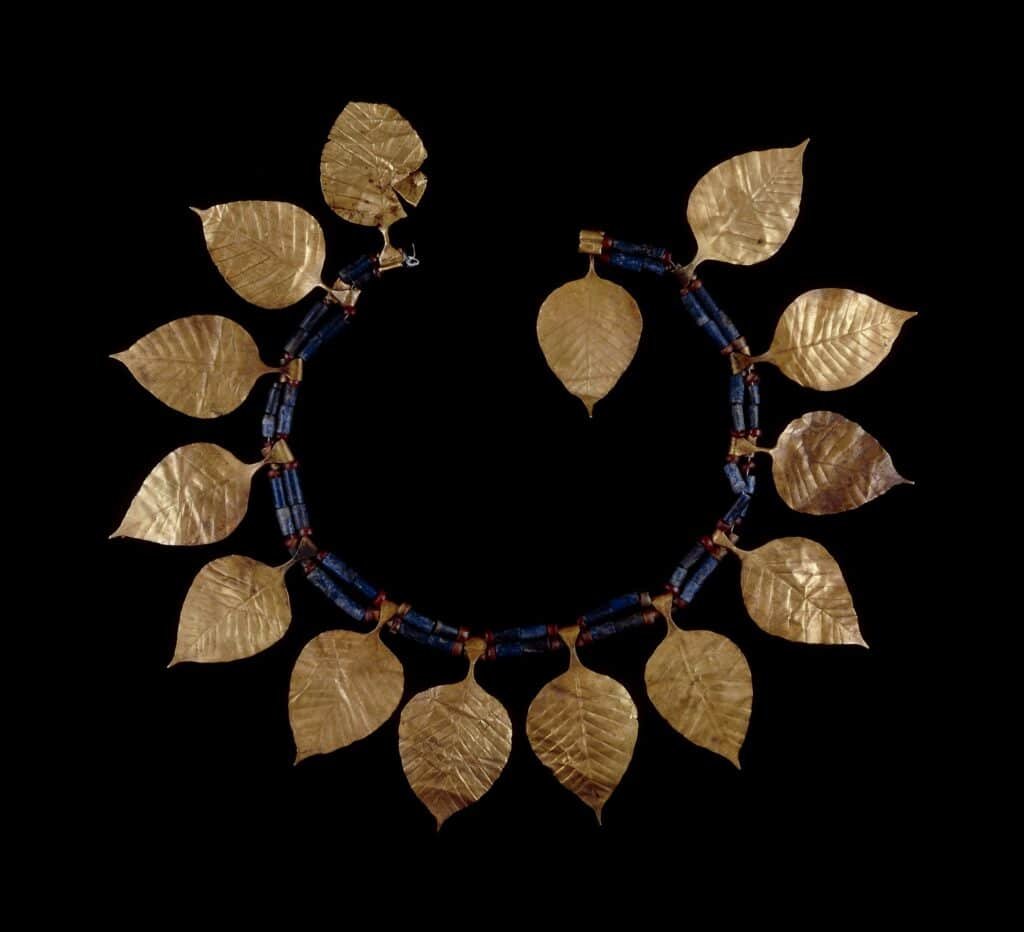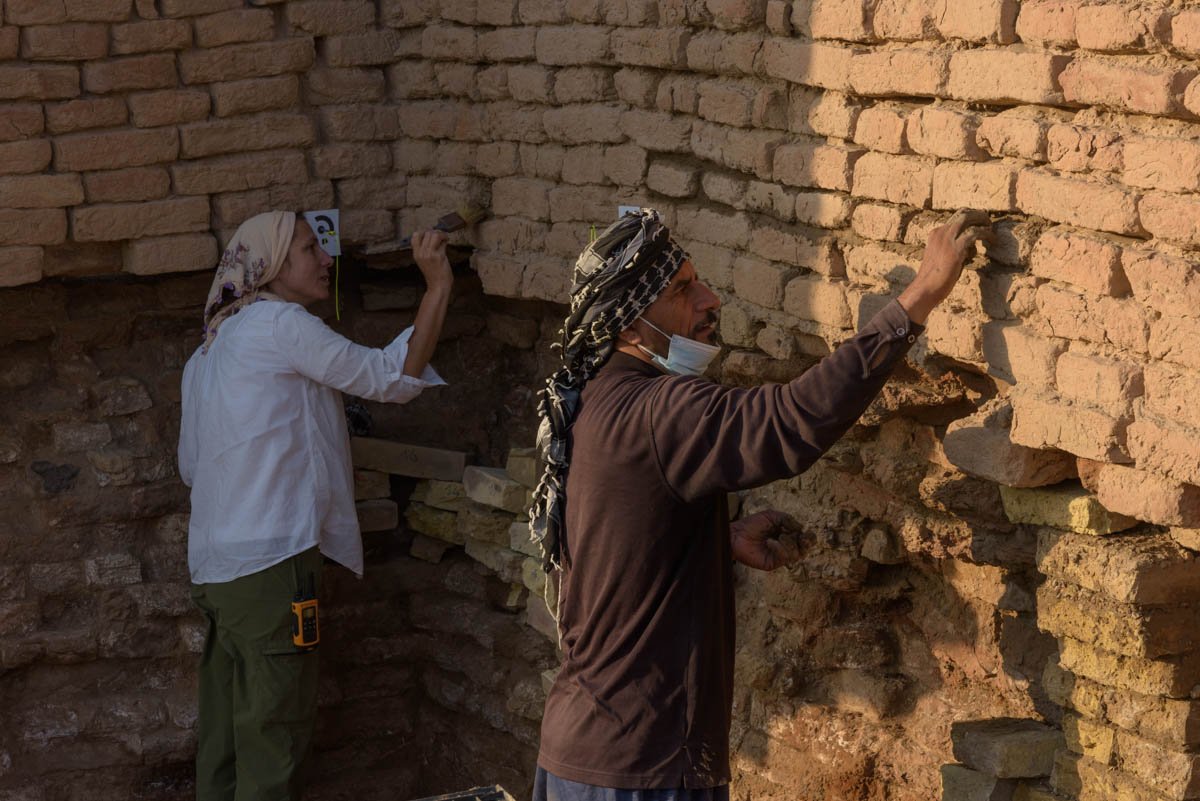
Pioneering drone technology leads to new discoveries in Iraq – The British Museum
A unique combination of remote sensing work using high-resolution drone imagery, ground-truthing, and conservation techniques. Without this important work, these buildings would have remained hidden under the surface. Fieldwork research such as this provides new and important insight into archaeological sites and objects from this region within the British Museum’s collection and museums in Iraq.
Field research from Iraq in combination with key objects from the Museum’s collection forms the narrative of the British Museum’s touring exhibition Ancient Iraq: new discoveries. This exhibition, in its final week in Nottingham, explores the cultural heritage of Iraq through 80 remarkable objects, and seeks to highlight the challenges of protecting Iraq’s rich and diverse cultural heritage following decades of conflict.

Exhibition information
The exhibition Ancient Iraq will present ground-breaking discoveries made by the British Museum and Iraqi trainees as part of the British Museum’s Iraq Scheme (2016–21) and the Girsu Project since 2021. Star objects within the exhibition will highlight the Museum’s two archaeological fieldwork projects in Iraq: in the south, at Girsu, archaeologists excavated a temple belonging to the world’s first urban civilisation; in the north, researchers unearthed a massive fort located at the frontline of a conflict between two superpowers – the Roman and Parthian empires. This new exhibition will exclusively be to Lakeside Arts in Nottingham between March – June 2022 through the British Museum’s National Programmes, a final chance for the public to see this remarkable exhibition.

Stunning artefacts from the ‘Royal Tombs’ of Ur in present-day Iraq will provide a fascinating insight into life and death in these early cities. Luxurious grave goods crafted from gold, silver, and lapis-lazuli demonstrate how the ruling elite displayed power through spectacular burial customs. These tombs were accompanied by a ‘Death Pit’ containing the elaborately dressed bodies of court attendants, who were sacrificed as part of the ruler’s journey to the afterlife.

Key objects from the British Museum will also be linked with field research in northern Iraq. Excavations at the previously unexplored site of Qalatga Darband have revealed a fortified settlement located at the frontline between the Roman and Parthian empires (dating to the second and first centuries BC). Iraq’s position as the easternmost border of the Roman Empire was challenged by the Parthians, who embraced Greek cultural traditions brought to the region by Alexander the Great as he led his army across the Middle East. On display in the exhibition will be Greek-inspired statuettes, personal ornaments influenced by Greek mythology and gold burial masks, as well as a statue of Heracles. The final section of the exhibition will address the appalling destruction of Iraq’s rich cultural heritage over the past thirty years. Today, new cultural heritage initiatives focused on research, training, and site conservation is being launched throughout Iraq.










